
© Irven Lewis. (Click image for larger version)
Tavaziva Dance
Greed
London, The Place
12 March 2013
www.tavazivadance.com
www.theplace.org.uk
Despite the title, Bawren Tavaziva’s latest work is not so much about Greed as it is about the full house of deadly sins (bestial lust and envy being especially to the fore). The world that Tavaziva fashions for this hour is a bleak, post-apocalyptic grotto, overseen by psychedelic cave murals, shared by a tiny tribe of seven Amazonian women and their one-and-only male. Strange, black and white, hooded unitards, all at once both skin tight and surprisingly baggy, give this weird Tolkeinesque race an indelible visual image. One girl seems to be the chosen one, dressed differently in a crimson costume with a mane of flailing black tassels, although there are several quick changes over the course of the hour as she switches to the ubiquitous, monochrome unitard and back again.
Greed opens in a long sensual duet between this dominant “queen”, Lisa Rowley, and the lone man (Petros Treklis), which is again repeated towards the end of the work. Rowley is a powerhouse pocket Venus with steely boa constrictor thighs, deep, diamond-shaped Egyptian eyes and a permanent “don’t f*** with me” expression; her glued-on disdain contrasts with an escort who is graceful, supportive and servile.
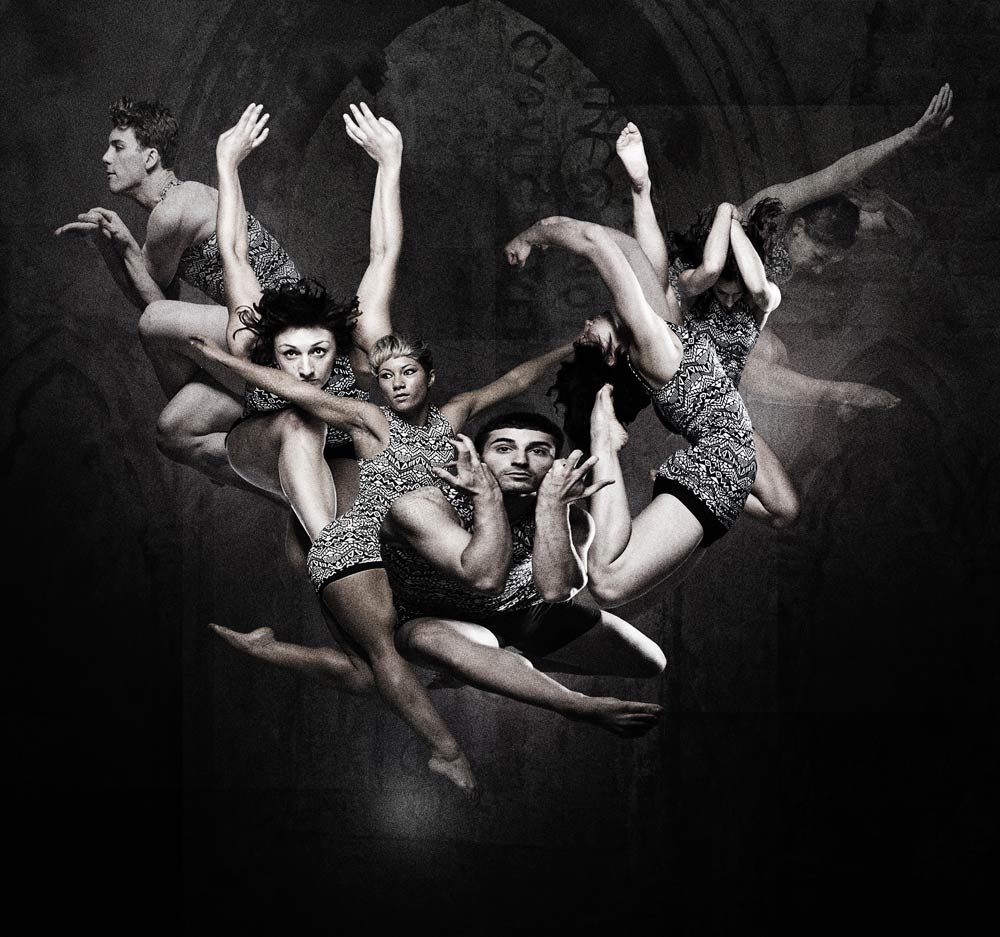
© Irven Lewis. (Click image for larger version)
I was once told by a dancer that Tavaziva’s classes are physically draining and one can easily see why. The explosive pace is unrelenting, with eight performers whipped along by the choreographer’s own intense but eclectic musical soundscape, dominated throughout by persistent heavy beats. Tavaziva is a choreographer who doesn’t waste a sound. Dancers move seamlessly from deep pliés into dynamic jumps with gymnastic extensions and then fast spins almost as soon as their feet find the floor again. This tribe may be small in number but they are also athletes chosen from a supreme Olympian elite. They engineer themselves into structural and mechanical contraptions composed entirely of human form, such as a chariot dragging a gimp-like slave behind it.
Greed was prefaced by two performances from young dancers in Tavaziva Dance’s outreach programme, now in its fifth year (funded by the John Lyon’s Charity, which is part of the Harrow School Foundation). Hidden Soldiers was danced by students from Grey Coat Hospital School (choreographed by company dancers, Anna Watkins and Leire Garin) and 1:666 (by Tavaziva and Ellen Yilma) was for students from Westminster City School. The students were suitably lively and vivacious but some of their parents took their own enthusiasm too far, rudely continuing to film their offspring despite the valiant entreaties not to do so by the hard-pressed Place staff.
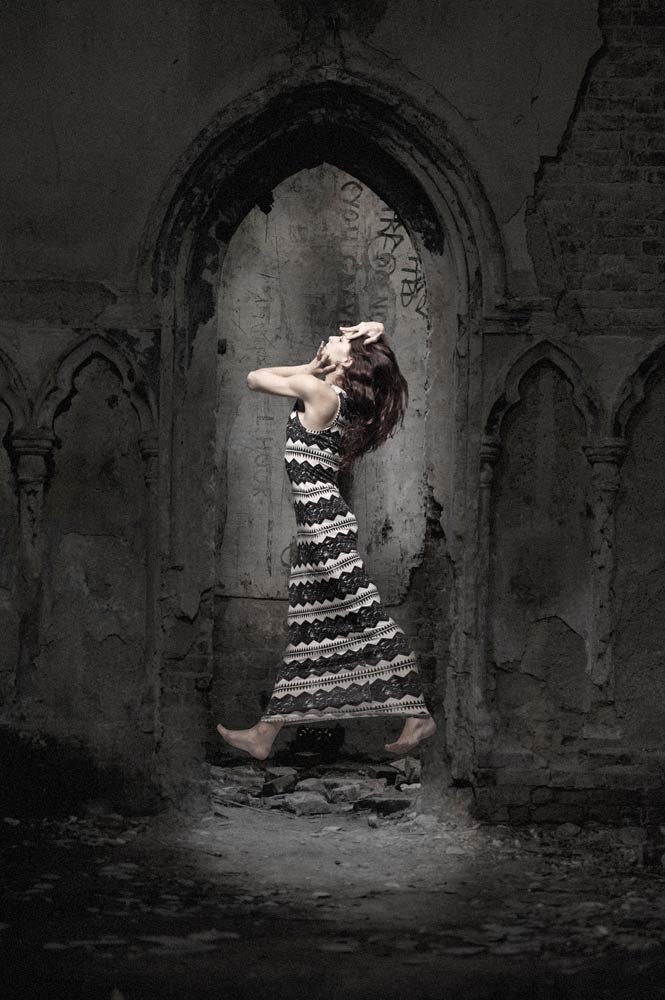
© Irven Lewis. (Click image for larger version)
The main event was notable for giving us an hour of contemporary dance that didn’t seem a moment too long. It isn’t the sins that I remember so much as the remarkable physicality of these dancers; strange underground creatures given noteworthy significance by the iconic designs of Karisma Costumes (Ben Voorhaar and Sabrina Zyla); Tavaziva’s ever-rhythmic musical composition; his constantly shifting, motif-laden choreography; all wrapped in the enigmatic, cavernous sensations achieved by the lighting designs of Antony Hateley.
An arresting central performance by Rowley was like the sparkling, feline eye of a multi-headed beast for it was the whole ensemble’s ability to maintain the perpetual energy levels of Tavaziva’s choreographic rigour that provided the greatest resonance from a memorable work.







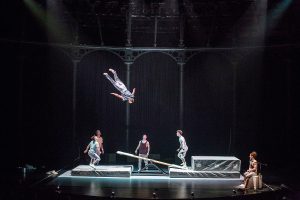
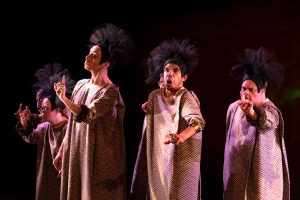
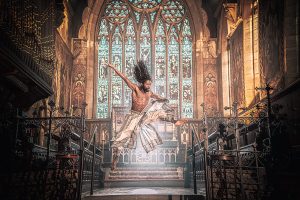

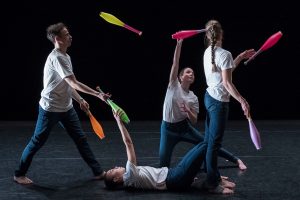
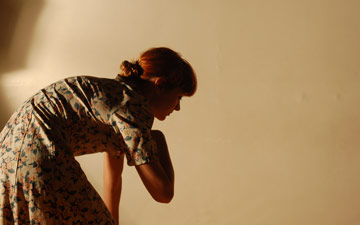
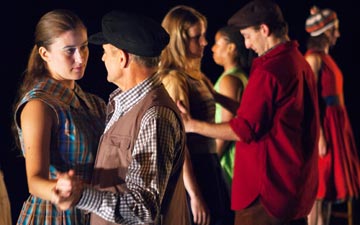

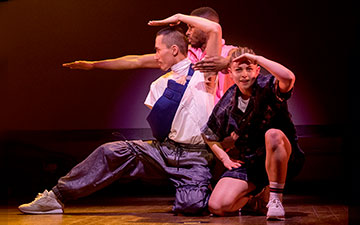
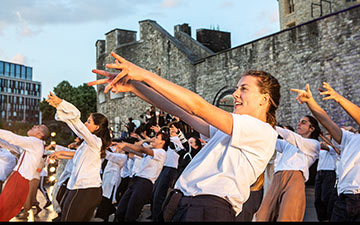
You must be logged in to post a comment.